
Mike Slater, BOHS immediate past president, and Adrian Hirst, President BOHS
The British Occupational Hygiene Society’s annual conference, OH2016 opened today (26 April) in Glasgow. Delegates heard from experts in many areas of occupational hygiene including a talk on dermal exposure, a session on risks in the oil and gas industry and a look at general workplace challenges.
For SHP, Lauren Applebey spoke to some of the key players at this year’s event to find out more about what 2016 holds for occupational hygiene, and if health really is fighting its way up the agenda.

Kelvin Williams, an occupational hygiene consultant, spoke about the emerging issues in occupational health including nanotechnology. “There are many emerging issues, such as respirable crystalline silica, but to a lot of occupational hygienists these are old chestnuts. They have been on our agenda and curriculum for a very long time,” he said.
“Some emerging issues are things we are becoming aware of as a new risk, like nanotechnology, and then there’s what appears to be a new risk to the health and safety community such as respirable crystalline silica – the oldest occupational disease ever – and yet here we are in 2016 with a campaign to raise awareness about it.
“This highlights the mentality of health and safety and the problems we have getting our heads around risks with this sort of latency period. Asbestos was the same.”
Talking about getting workers to understand the importance of health, Kelvin explained how difficult it is to get people to understand the dangers of something they can’t see: “Respirable crystalline silica is invisible, explaining to someone that it could be lethal is very difficult as it doesn’t have the same marketing appeal as something in safety that they can see right in front of them.
“If there is a machine that has gone wrong and it’s potentially causing injuries – everyone would be switched on to that. With dust, people may leave work that day feeling fine and that may still be true six months into the job. It may be 10-15 years before they may see medical signs of long term exposure. They don’t see blood and gore, so they just press on.”

Professor Sir Anthony Newman Taylor, Imperial College London, addressing the room with a presentation entitled The continuing challenge of occupational lung disease.

Mike Slater, BOHS immediate past president, who has been leading the Breathe Freely campaign, which aims to tackle lung disease in the construction industry, said: “It’s been an excellent morning and the presentation from Professor Sir Anthony Newman Taylor highlighted the facts and figures of incidences of respiratory disease in the construction industry – that’s the background to why we launched the initiative one year ago, on workers’ memorial day.
“We feel that we have made a real impact in that time, getting the key messages across that 1) there’s a problem, but more importantly 2) there’s a solution for a lot of the problems. There are things we can do to reduce exposure. People aren’t always aware of the solutions so we are providing tools to help them help themselves.
“There’s a lot more to do, however, we have only just scratched the surface”.


Steve Perkins, BOHS Chief Executive, spoke of a workplace triangle, the three sides of workplace health: “One side is made up of the clinical side, the health surveillance, rehabilitation and sickness absence management. The second part is wellbeing, which is good for the individual and it’s good for productivity. The third area, which is the health risks that the workplace itself creates – and the one that employers are legally responsible to manage and the one that creates the 13,000 deaths a year – is the one that has been forgotten about. It’s not new, we don’t need new legislation, we just need to start implementing it.
“Health is certainly moving up the agenda. It’s on the HSE’s list of six priorities and people are really talking about it. It’s not about doing health like we do safety, health risks can be very different and long latency and you normally have to minimise risks, not get rid of them altogether.
Asked what BOHS’s aims are for this year, Steve said: “We are looking to grow, raise awareness, learn and do more. We are increasing our number of conferences and looking at how we provide extra support for specialised health risk management.”
The conference and exhibition continues at the Hilton, Glasgow, until 28th April.
What makes us susceptible to burnout?
In this episode of the Safety & Health Podcast, ‘Burnout, stress and being human’, Heather Beach is joined by Stacy Thomson to discuss burnout, perfectionism and how to deal with burnout as an individual, as management and as an organisation.
We provide an insight on how to tackle burnout and why mental health is such a taboo subject, particularly in the workplace.

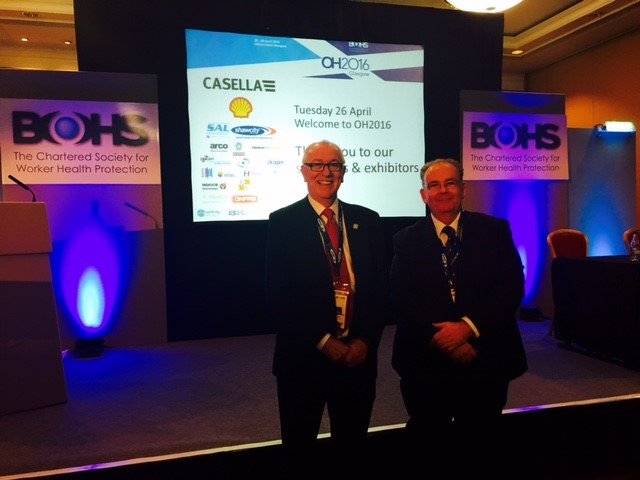
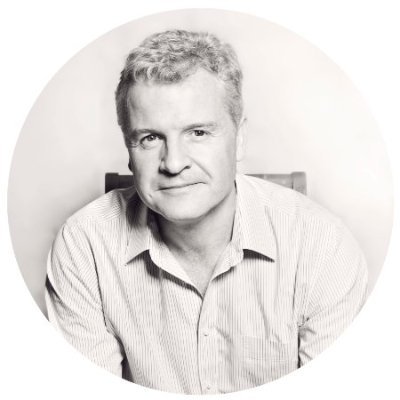
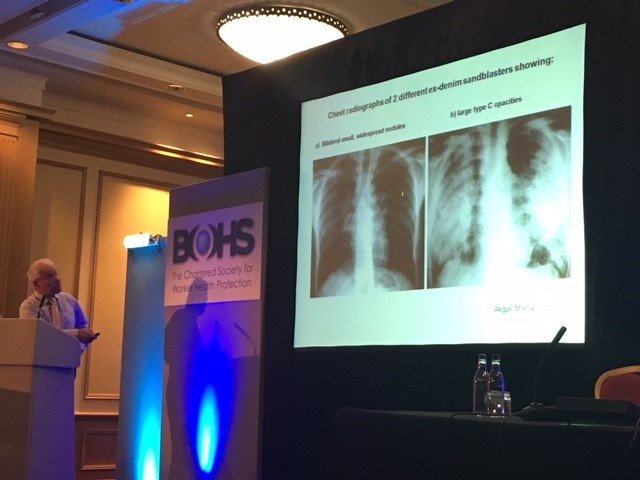
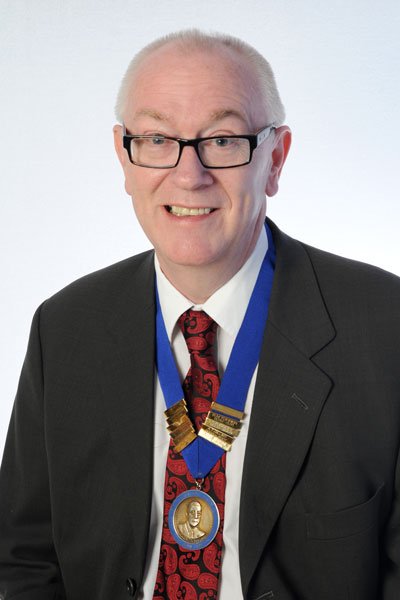
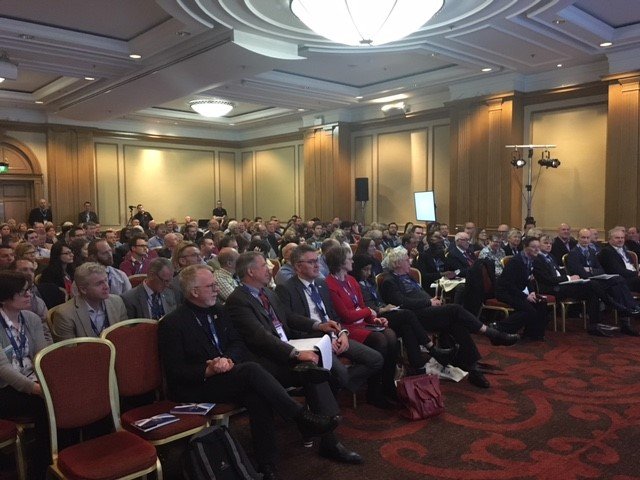
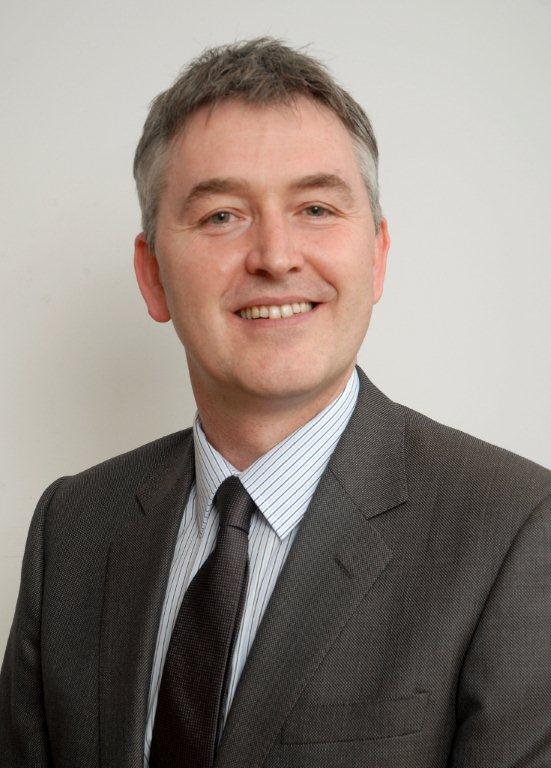

[…] Posted April 26, 2016 […]
[…] In conversation at OH2016 – Asbestos was the same.” Talking about getting workers to understand the importance of health, Kelvin explained how difficult it is to get people to understand the dangers of something they can’t see: “Respirable … […]